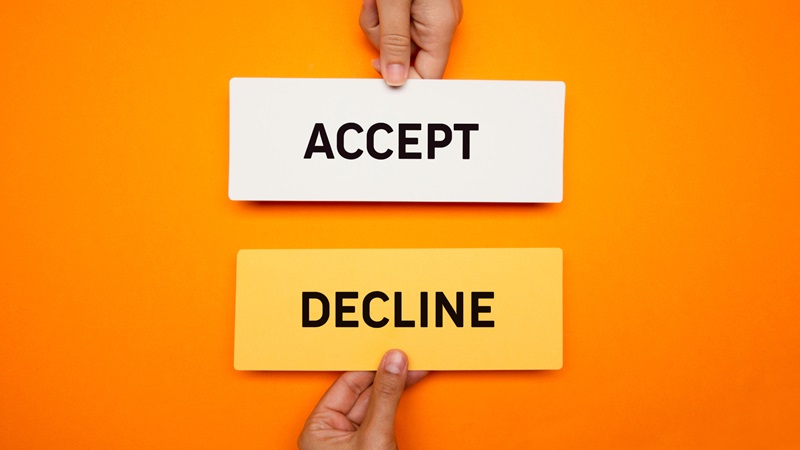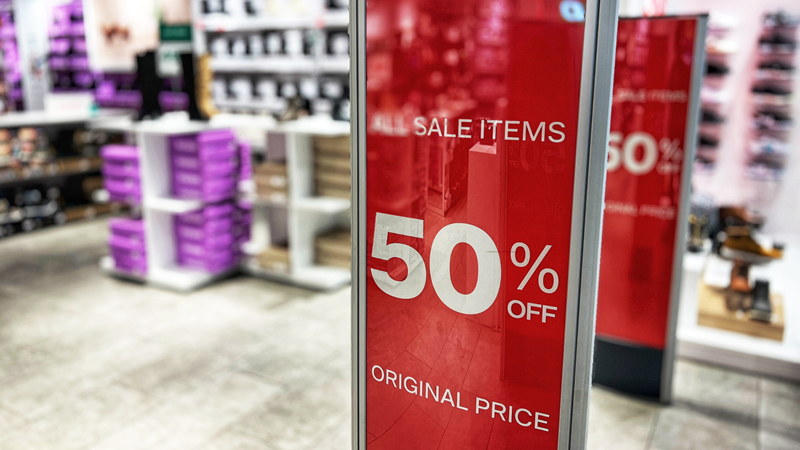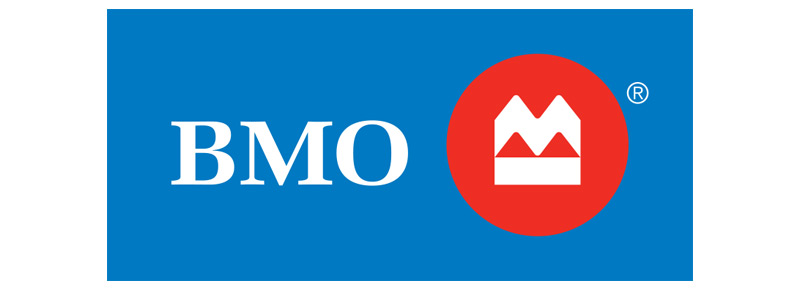Unpacking the new era of brand partnerships: The power of shared values
Now more than ever, Canadians have a lot on their minds. In fact, Canadians cite that they have over 20 things on their mind at any given time, making it even more difficult to capture the attention of busy audiences. Add to that the issue of declining trust in brands: 77 per cent of Canadians perceive a disconnect between their concerns and a brand’s ability to understand them.
Brand partnerships and collaboration efforts have long been an effective part of brand marketing strategies. But in an era of shrinking attention spans, declining consumer trust and media fragmentation, are they still as powerful as they once were? More than just expanding reach, effective partnerships focus on meaningful engagement—ensuring brands not only capture attention but resonate with the right people. But not all partnerships are created equal; the most impactful collaborations prioritize shared values that focus on authenticity, rather than simply chasing big brand names. The key lies in an exchange of value where both parties benefit—whether by accessing new audience streams or enhancing brand perception.
Why shared values matter in brand partnerships
The most impactful brand partnerships go beyond surface-level collaborations. They create seamless customer experiences where the alliance feels organic, not forced. The magic happens when two brands align on core values—whether it’s a shared commitment to sustainability, innovation or community impact. This authenticity fosters deeper consumer trust, turning one-time collaborations into long-term relationships.
Rather than chasing high-profile names or combining budgets for maximum exposure, brands should ask: How does this partnership solve a real customer need? Partnerships grounded in shared values and a mutual exchange of benefits—like tapping into new audience segments or enhancing brand perception—are the ones that drive sustained success.
Trends and emerging themes in brand partnerships
- AI-driven collaborations: The rise of AI-powered tools is transforming how brands vet potential partners. AI analytics help marketers identify true value alignment, ensuring collaborations go beyond surface-level compatibility. We’re also seeing virtual personalities or “AI influencers” step into the spotlight—from virtual brand ambassadors to hyper-personalized campaigns, like the J.Lo and Virgin Voyages partnership that tailors cruise experiences to individual preferences.
- Unexpected brand collaborations: Unlikely collaborations are captivating audiences and sparking conversations. Consider when skincare brand, CeraVe, known for sticking to sensible, benefit-driven dermatologist-led marketing, teamed up with actor, Michael Cera, for a tongue-in-cheek campaign that stole the Super Bowl. Tapping into an obscure rumour (or “Cera-spiracy”) that the actor was the brand’s real founder, this campaign also featured 450 other influencers along with Michael, creating content like unboxing videos of product wrapped in Michael Cera-themed tape, and mock interviews with the actor. It led to 15 billion earned impressions and a 25 per cent increase in sales. These “odd-couple” collaborations not only break the mold but also provide a fresh access point to culture—a critical advantage for brands aiming to stay relevant.
- Micro-influencers and niche integrations: As influencer marketing matures, there’s a shift from mega-celebrities to micro-influencers and niche platforms like Patreon, Substack or even in-real-life (IRL) experiences. Some of the newer platforms are subscription-based, giving creators much more control over their audiences and outputs, and are driving deeper engagement than ever. For brands, though they may be reaching smaller audiences, they tend to be hyper-engaged. The right authentic collaboration can feel more relatable, fostering genuine community engagement and deeper brand integration.
The expanding role of influencer marketing
Influencer marketing has evolved into a cornerstone of brand partnerships. The most effective collaborations are no longer simple endorsements—they reflect a strategic alignment between the influencer’s personal brand and the company’s values.
Brands should think beyond only one-off campaign integration, and like brand-to-brand traditional partnerships, deeper models of partnership: Longer-term relationships, expansion beyond digital content creation, for example, to product co-creation and more.
Micro-influencers, in particular, have become vital partners. With smaller but highly engaged followings, they build trust and drive authentic conversations around brands. Long-term relationships with influencers often yield stronger results, reinforcing brand credibility and nurturing loyal communities.
A standout example is Gymshark’s collaboration with fitness influencers, which propelled the brand to global prominence by creating an online fitness movement. Similarly, Dunkin’ Donuts’ partnership with TikTok star, Charli D’Amelio, not only produced a signature drink but also spiked brand engagement among Gen Z (a 20 per cent bump in cold brew sales the day it launched and a 57 per cent bump in mobile app downloads), proving the power of authentic influencer relationships.
The risks in handing over the brand keys
Gone are the days when a brand might partner with one or a few other brands. In the era of influencers, a brand might team up with hundreds or thousands of creators a year. We’re in a time where one misstep can generate bad commentary fast. How brands evaluate and assess risk, and safeguard brand reputation, becomes more critical than ever, especially when you’re handing over the brand keys to so many partners.
Vetting brand partners for shared value alignment, and safety, is critical in the research phase. The power of a strong contract, a briefing book that gives the right brand cues but allows for a level of creative freedom, helps respect the brand and protect it. Always-on monitoring and issues management action plans can keep things in check for brands.
Measuring the success of brand partnerships
In today’s landscape, the success of a brand partnership goes beyond impressions and reach. Metrics like engagement rates, brand sentiment, and customer retention are becoming more critical. AI tools now offer real-time insights, helping marketers gauge the authentic impact of partnerships and optimize strategies accordingly.
At the core of every successful partnership lies a simple principle: shared values drive shared success. Brands that prioritize genuine alignment over flashy collaborations build deeper connections with their audiences—connections that last far beyond the campaign.
The takeaway
Effective brand partnerships aren’t about slapping two logos together; they’re about crafting authentic experiences that deliver intrinsic value to the customer. When executed well, brand partnerships don’t just increase reach, they build stronger, more loyal customer relationships that stand the test of time. Because in a world of endless marketing noise, authenticity remains the loudest voice.
Co-authors:
Alexandra Ungureanu, VP, Client Success and Growth Strategy, XWP
Nicole Grant, SVP, North Strategic
Anabella Mandel, Director, Creative Services, Subway Canada
Stephanie Bateman, Director, Integrated Brand Engagement, Ronald McDonald House Charities Canada
Lauren Turchet, Director of Brand and Marketing Content, Prodigy Education



































